Video of the Week:
Storing Tender Bulbs for Winter
Turfgrass:
Control Broadleaf Weeds in Lawns in Late October - Early November
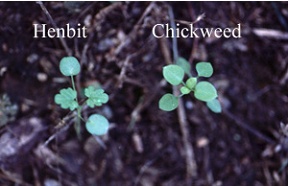
Choose a day that is 50 degrees or higher. The better the weed is growing, the more weed killer will be moved from the leaves to the roots. Cold temperatures will slow or stop this process.
Weed Free Zone (also sold under the name of Speed Zone) contains the three active ingredients mentioned above, plus carfentrazone. It will give a quicker response than the other products mentioned especially as temperatures approach 50 degrees. (Ward Upham)
Tree Leaves and Turf
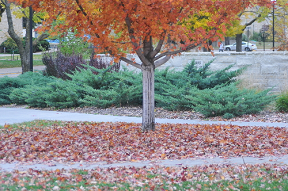
Turf left in this state for an extended period will be unable to make the carbohydrates needed to carry it through the winter.
There are options for dealing with the fallen leaves other than bagging them up and putting them out for the trash collector. Composting is a great way to handle the refuse. Compost can then be used in the vegetable garden and flowerbeds. If you do not compost, you can mow leaves with a mulching mower and let shredded leaves filter into the turf canopy. (A side-discharge mower also will work, but it won't shred the leaves as thoroughly.) This method will be most effective if you do it often enough that leaf litter doesn’t become too thick. Mow while you can still see grass peeking through the leaves.
You may wonder whether this practice will be detrimental to the lawn in the long run. Research at Michigan State University in which they used a mulching mower to shred up to about one pound of leaves per square yard of lawn (one pound is equal to approximately 6 inches of leaves piled on the grass) for five consecutive years, found no long-term effects of the shredded leaves on turf quality, thatch thickness, organic content of the thatch, or soil test results (pH, nutrients, etc.). If you mow leaves and have a cool-season lawn, it makes sense to be on a fall nitrogen fertilization program and core-aerate in the fall (things you should be doing anyway). If you have a warm-season lawn, you can still use this technique but wait to fertilize and core-aerate until next late May or early June. (Ward Upham)
Tucking Your Lawnmower in for the Winter
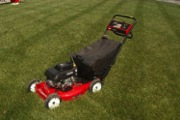
Now is also an excellent time to sharpen mower blades so they'll be ready next spring. Sharpening rotary mower blades is fairly straightforward. The following steps will guide you through this process:
* Check the blade for major damage. If you can't fix it, it likely will need to be replaced.
* Remove grass and debris from the blade with a moist cloth. Dry before beginning to sharpen the cutting edge.
* Remove nicks from the cutting edge, using a grinding wheel or hand-file.
* If using a grinding wheel, match the existing edge angle to the wheel. If hand-filing, file at the same angle as the existing edge.
* Grind or file until the edge is 1/32 inch, about the size of a period.
* Particularly with a grinding wheel, avoid overheating the blade as this may warp it.
* Clean the blade with solvent or oil, much like if you were cleaning a gun, for optimum winter storage. Avoid using water because it will promote rust.
Following these tips can help you better prepare your mower for winter storage and also save you some steps this coming spring. (Ward Upham)
Vegetables:
Hardiness of Cool-Season Vegetables
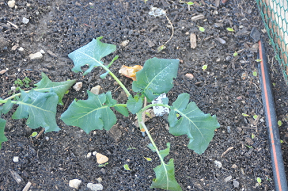
Certain root crops can essentially be stored outside even after the leaves have been damaged or killed by frost. Beets, carrots, potatoes and turnips can be mulched and harvested as needed until the soil starts to freeze in late November to December.
Growing vegetables in Kansas can be a challenge, but we have an extremely long gardening season. We can harvest from early April (asparagus) to early December. Winter is a good time to plan and prepare for next year’s crops. (Ward Upham)
Winter Mulching of Vegetables
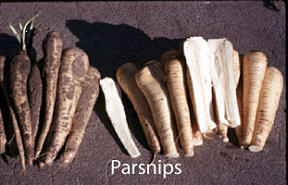
Rhubarb is a shallow-rooted perennial crop that can also benefit from mulching to help stabilize soil temperatures. Plants that are not mulched may be heaved out of the ground by alternate freezing and thawing through the winter. Mulching moderates these temperature shifts and helps protect the plant. Mulch should be removed by mid-March so soil warming can encourage early emergence. (Ward Upham)
Ornamentals:
Natural Needle Drop on Conifers
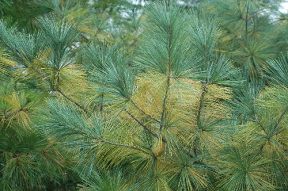
However, some years it is much more noticeable than others. Be sure to check that only the older needles are affected --the needles on the tips of the branches should look fine--and that there is no spotting or banding on the needles that are turning yellow. If spotting or banding is noted, take a sample to your local county extension office for diagnosis. (Ward Upham)
My Oaks are Raining Worms
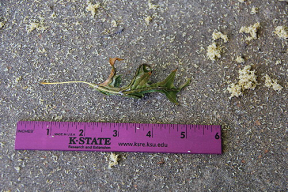
The larvae came from the vein galls that are on the pin oak leaves. Newly hatched larvae feed on the veins of young leaves in the spring and cause a swelling and flattening of the veins. These maggots are now dropping to the ground in order to pupate. Adults emerge early the next spring to start the cycle all over again. The midges apparently cause no damage. (Ward Upham)
Miscellaneous:
Why No Black Walnuts This Year?
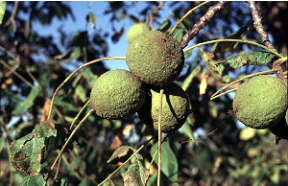
Black walnut flower buds are formed during the summer of the year before they bear. Therefore, what should have been this year’s nut crop set flower buds during the summer of 2014. When the temperature dropped so quickly in November, the flower buds were damaged resulting in no nuts this year. However, areas of Kansas that have seen plentiful rains, should have a good walnut crop next year unless we have another sharp drop in temperature before the trees have hardened off. (Ward Upham)
Contributors: Ward Upham, Extension Associate
To view Upcoming Events: http://tinyurl.com/fswqe
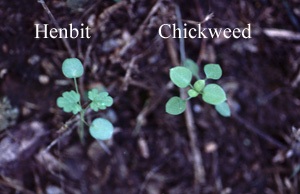
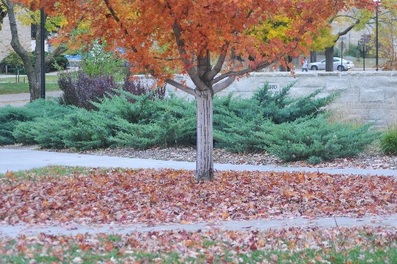
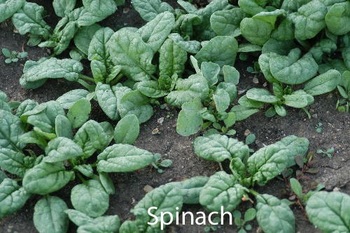
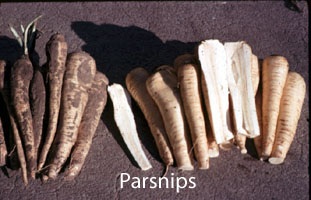
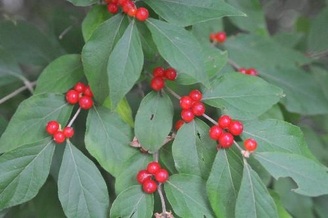
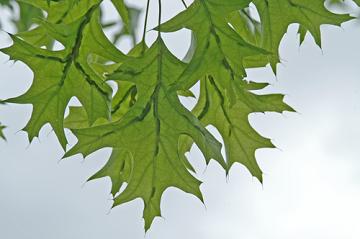
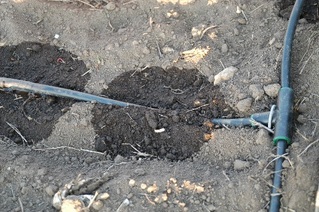
 RSS Feed
RSS Feed
